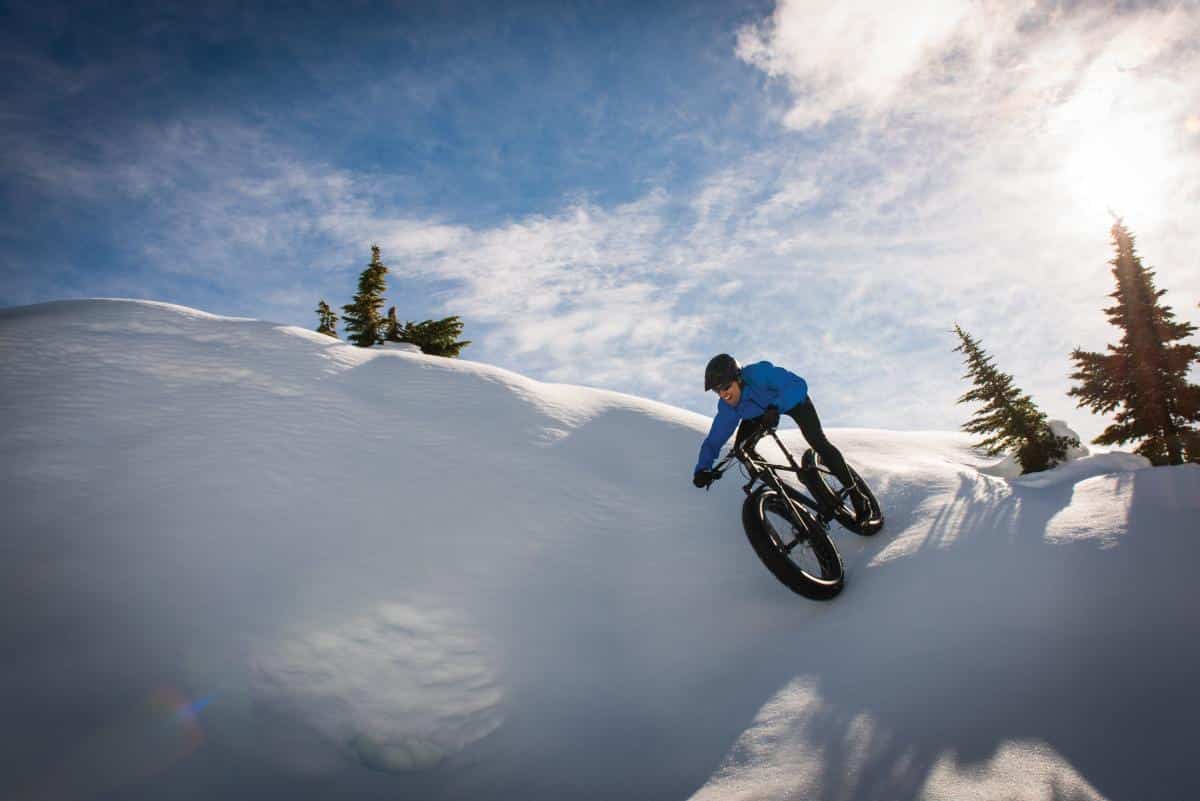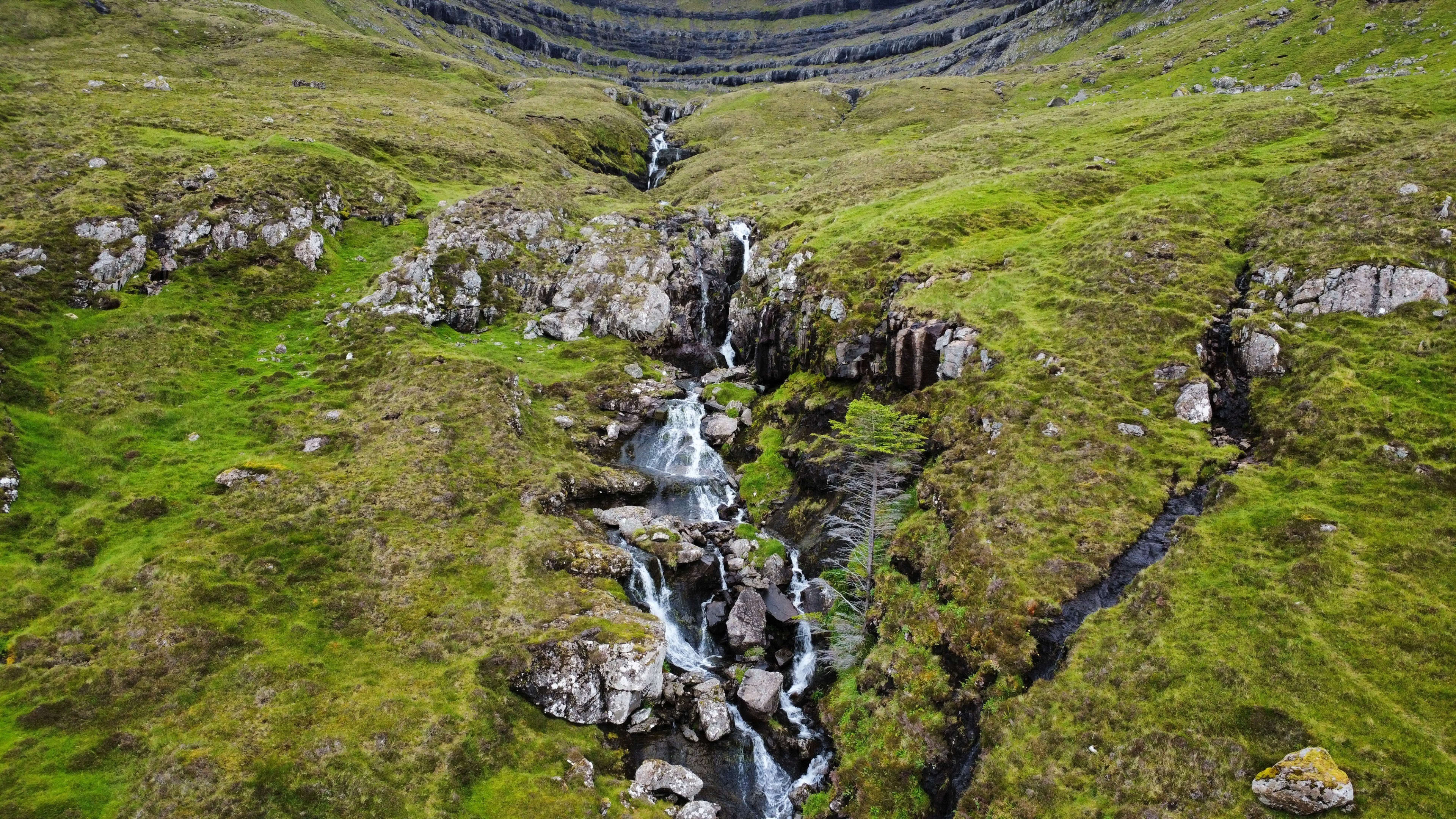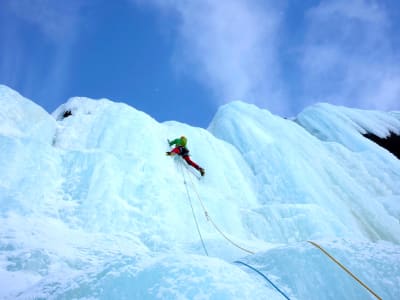
The best Ice Climbing activities
42 activities match your criteria

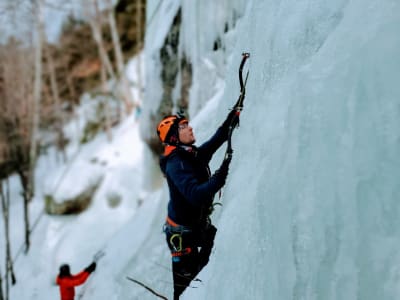
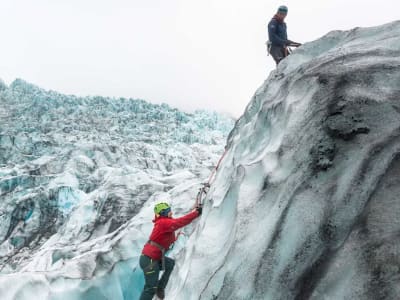
Ice Climbing and Falljökull Glacier Hiking Excursion in Vatnajökull National Park from Skaftafell
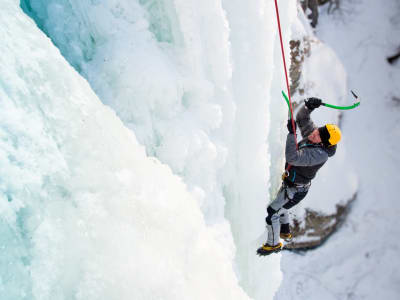
Introduction to Ice Climbing at La Montagne d'Argent, Laurentians
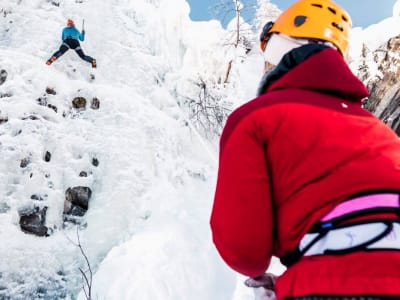
Beginner Ice Climbing Excursion in Pyhä
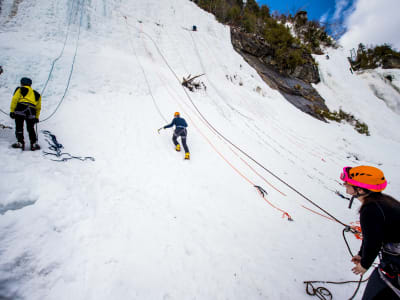
Ice climbing initiation in the Parc de la Chute Montmorency, Quebec
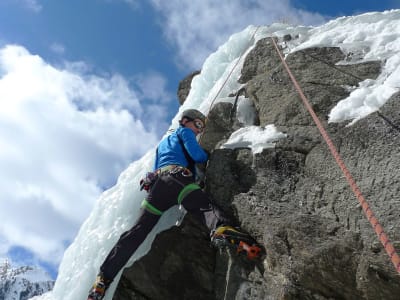
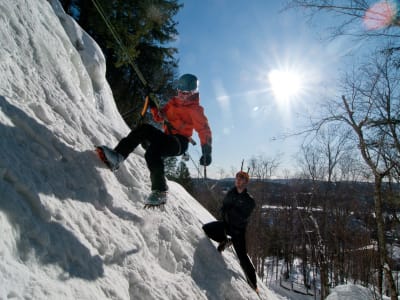
Discovery of Ice Climbing at Mont-Tremblant in the Laurentians
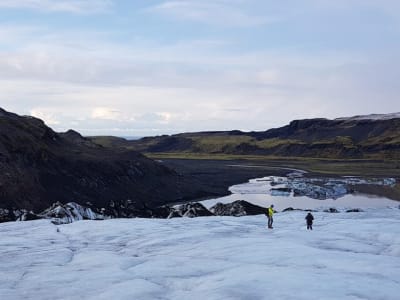
Hiking and ice climbing on the Sólheimajökull glacier
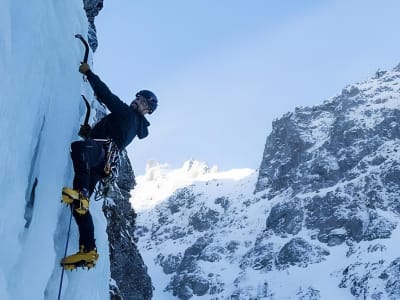
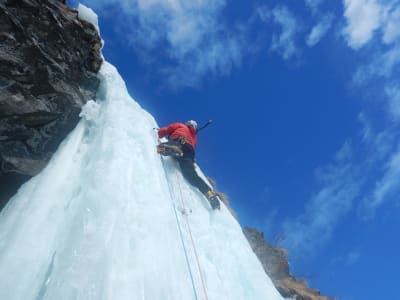
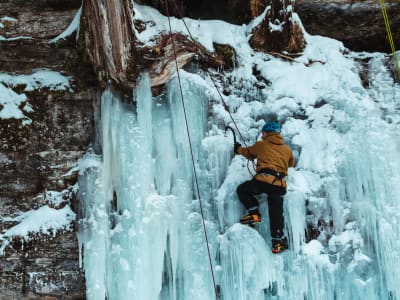

Beginner Ice Climbing Excursion in Abisko

Ice Climbing Discovery in Montreal, on Île Sainte-Hélène

Ice Climbing and Falljökull Glacier Hiking Excursion in Vatnajökull National Park from Skaftafell

Introduction to Ice Climbing at La Montagne d'Argent, Laurentians

Beginner Ice Climbing Excursion in Pyhä

Ice climbing initiation in the Parc de la Chute Montmorency, Quebec

Ice Climbing Day in Chamonix

Discovery of Ice Climbing at Mont-Tremblant in the Laurentians

Hiking and ice climbing on the Sólheimajökull glacier

Ice Climbing in Triglav National Park from Bled

Ice climbing in Cogne, Aosta Valley

Discover ice climbing in St-Alban, Québec
About Ice Climbing
Ice Climbing: An Epic Adventure Into the Frozen World
Ice climbing is not just a sport; it’s an exhilarating, awe-inspiring experience that allows adventurers to ascend frozen waterfalls, icy cliffs, and glaciers. Whether you’re a seasoned mountaineer or a complete novice, ice climbing offers a thrilling combination of challenge, adventure, and natural beauty. Imagine scaling a wall of glistening ice, the cold air biting at your cheeks, and the satisfaction of conquering a frozen landscape. Ice climbing is an experience accessible to many, with professional guides and safe techniques available for beginners, making it an unforgettable adventure for all.
The Origins and History of Ice Climbing
Ice climbing, as a modern sport, has its roots in mountaineering. In the early 20th century, climbers seeking to ascend high peaks in places like the Alps or the Himalayas often encountered icy routes. Initially, climbers used rudimentary equipment, such as wooden axes and hobnailed boots, to conquer these frozen obstacles. Over time, as techniques and equipment evolved, ice climbing became a distinct sport in its own right, drawing enthusiasts who were captivated by the challenge and beauty of frozen environments.
One key figure in the development of ice climbing was Yvon Chouinard, founder of Patagonia, who helped innovate lightweight, durable climbing equipment in the 1960s. His designs, such as crampons (spikes attached to boots) and ice axes, revolutionised the sport, making it more accessible and safer.
Today, ice climbing has grown into a global activity with dedicated climbers testing their skills in frozen terrains worldwide. From North America's icy Rockies to Europe's majestic Alps and even the volcanic glaciers of Iceland, ice climbing offers a gateway to some of the planet's most awe-inspiring environments.
The Different Types of Ice Climbing
Ice climbing is a versatile sport that offers various styles suited to different environments and experience levels. Here are the main types of ice climbing you can explore:
Waterfall Ice Climbing
Perhaps the most iconic type of ice climbing, waterfall ice climbing involves scaling frozen waterfalls. The shimmering blue ice formations create breathtaking scenery as climbers ascend steep, sometimes vertical walls. While it may seem daunting, many ice climbing schools and guides offer beginner-friendly routes, making it possible for almost anyone to try.
Glacier Ice Climbing
Glacier climbing is often part of mountaineering expeditions. Climbers navigate large glaciers, where deep crevasses and ice walls present unique challenges. Glacier ice is generally less steep than waterfall ice, but it requires navigating treacherous terrain and understanding glacial movement. For those looking to explore vast icy landscapes, glacier climbing is a rewarding option.
Mixed Climbing
Mixed climbing blends traditional rock climbing with ice climbing. Climbers move between rock and ice, often using their ice axes to grip rock surfaces as well as frozen terrain. This form of climbing is more advanced, demanding versatility and technical skill, but offers an exciting way to challenge both rock and ice in a single ascent.
Dry Tooling
A more recent development in the sport, dry tooling involves using ice climbing tools to ascend rock without any ice. While technically not "ice climbing," dry tooling is often practiced as a way to prepare for mixed or ice climbs, building strength and technique in using tools.
Each type of ice climbing presents unique challenges and rewards. Beginners often start with waterfall or glacier climbing, as these offer guided routes that balance adventure with safety, while more experienced climbers may seek the technical demands of mixed or dry tooling.
Essential Equipment for Ice Climbing
To ensure both safety and success on the ice, climbers need specific gear designed to handle the icy conditions and offer secure holds. Here’s a breakdown of the essential equipment for ice climbing:
Crampons
Crampons are metal spikes that attach to the soles of your boots, providing the grip necessary to walk and climb on ice. There are two types of crampons used in ice climbing: horizontal front points (good for glacier or mixed climbing) and vertical front points (ideal for steep waterfall ice). For beginners, adjustable crampons that fit over your standard hiking boots are often recommended.
Ice Axes
Ice axes are crucial tools for ascending ice walls. Climbers use them to swing into the ice and create holds for pulling themselves upward. Modern ice axes have curved shafts that allow for more precise placement and better grip on steep, frozen surfaces. You’ll typically need two axes for waterfall or mixed climbing, while glacier climbing may only require one.
Climbing Harness
A harness is necessary for securing yourself to the rope. It allows for proper weight distribution when you need to rest or in the event of a fall. When choosing a harness for ice climbing, ensure it is adjustable to accommodate the bulkier clothing you'll be wearing in cold conditions.
Helmet
Helmets protect against falling ice or rock. They are a non-negotiable part of your gear. Look for helmets designed for climbing, as they are lightweight and designed to fit snugly with climbing helmets.
Ropes and Carabiners
Dynamic ropes, which stretch slightly to absorb the shock of a fall, are used in ice climbing. Carabiners are small, metal clips used to attach your rope to ice screws and anchors along the route.
Ice Screws
These are tubular screws that climbers insert into the ice to create anchor points for protection. They are essential for ensuring safety while ascending steeper ice faces.
Clothing
Layering is key when ice climbing. Start with a moisture-wicking base layer to keep sweat off your skin, add an insulating layer like fleece, and top it with a waterproof, windproof shell to protect against the elements. Don't forget gloves (multiple pairs for warmth and dexterity) and insulated climbing boots to keep your feet warm and supported.
Investing in the right equipment is crucial for safety and performance, especially in cold, challenging environments. Many adventure providers offer rental gear, making it easier for beginners to try ice climbing without purchasing everything upfront.
Top Ice Climbing Spots in the World
The world is home to some stunning ice climbing destinations. Whether you're looking for beginner-friendly climbs or the ultimate challenge, these spots offer a range of experiences.
Ouray, Colorado, USA
Known as the “Ice Climbing Capital of North America,” Ouray is home to the famous Ouray Ice Park, a man-made ice climbing venue set in a scenic gorge. It’s a great place for beginners and experienced climbers alike, offering dozens of routes and expert guides.
Cogne, Italy
Located in the Italian Alps, Cogne is one of Europe’s most famous ice climbing destinations. The valley is lined with frozen waterfalls of all levels, and the picturesque alpine setting adds to the magic of the experience.
Jökulsárlón, Iceland
Ice climbing in Iceland offers a unique experience, with climbers ascending blue ice glaciers under the glow of the Northern Lights. The combination of volcanic landscapes and glaciers creates one of the world’s most otherworldly ice climbing locations.
Banff National Park, Canada
Banff offers dramatic frozen waterfalls and ice routes for all abilities. The world-famous Icefields Parkway is lined with ice-clad cliffs that attract climbers from around the globe.
Ecrins National Park, France
France’s Ecrins National Park is a prime location for both ice and mixed climbing. With its combination of stunning alpine scenery and well-established routes, it's an ideal destination for climbers of all levels.
Technical Vocabulary for Ice Climbing
Understanding the terminology used in ice climbing can make the experience less intimidating for beginners. Here are some common terms:
Frontpointing: A technique where the climber kicks the front points of their crampons into the ice to ascend.
V-thread: An anchor created by drilling two intersecting holes into the ice to thread a rope through.
Pick: The sharp end of an ice axe that is driven into the ice for grip.
Screamer: A long fall where the climber's rope is fully engaged, often accompanied by a scream!
Familiarising yourself with these terms can help you feel more confident and prepared for your ice climbing adventure.
The Benefits of Ice Climbing
Ice climbing offers numerous physical and mental benefits, including:
Full-body workout: Climbing requires strength, endurance, and flexibility, making it a fantastic exercise for the whole body.
Mental focus: Ice climbing demands concentration and problem-solving, which can improve mental clarity and reduce stress.
Connection with nature: Ice climbing takes you to some of the most beautiful, remote, and pristine environments on Earth, offering a profound connection to nature.
Tips for Beginners
If you're new to ice climbing, here are some tips to help you get started:
Hire a Guide: Ice climbing can be dangerous if done without proper instruction. Hiring a professional guide ensures that you learn safe techniques from the start.
Start Slow: Choose beginner-friendly routes and work your way up to more challenging climbs as you gain confidence and skill.
Layer Up: Make sure to wear multiple layers to stay warm and dry, and bring spare gloves in case yours get wet.
Focus on Technique: Power alone won't get you far in ice climbing. Learning proper techniques like frontpointing and tool placement is essential.
Conquer Frozen Heights and Embark on an Unforgettable Adventure
Ice climbing is more than just a sport; it's an adventure that allows you to conquer frozen heights and explore stunning winter landscapes. Whether you're scaling a towering waterfall or navigating a glacier, ice climbing offers a thrilling mix of challenge, beauty, and excitement for adventurers of all levels. Ready to take on the ice? Book your next ice climbing adventure with Manawa and experience the thrill of this incredible winter sport!

